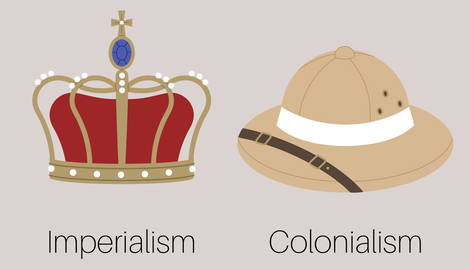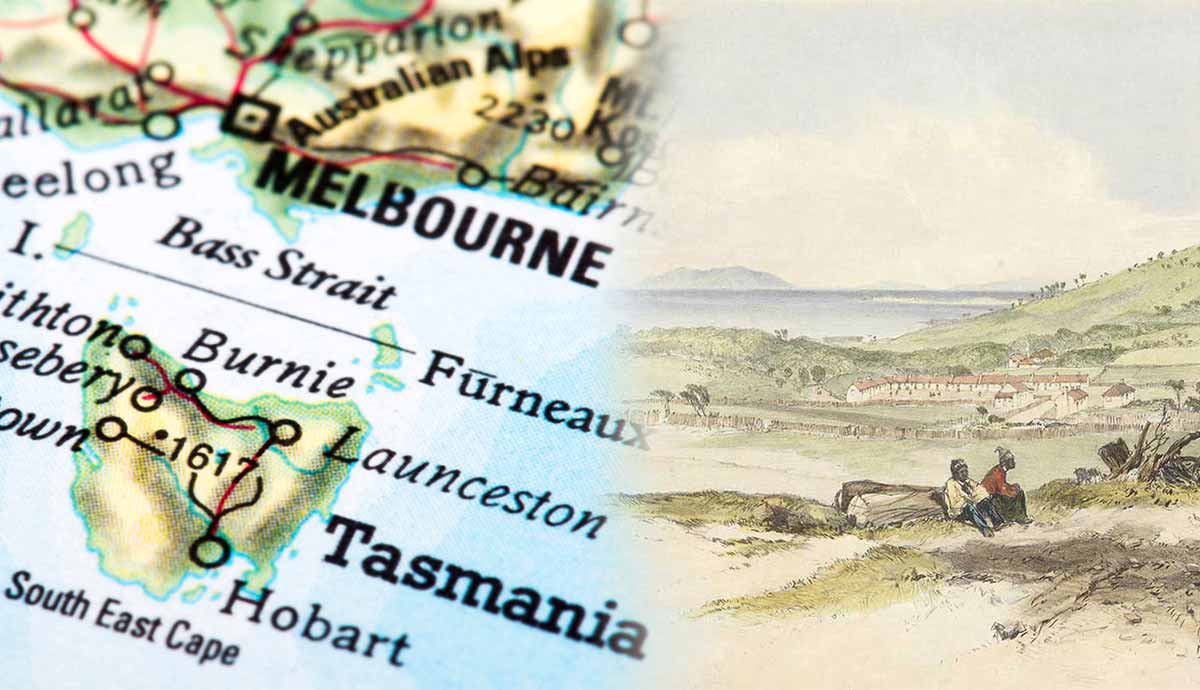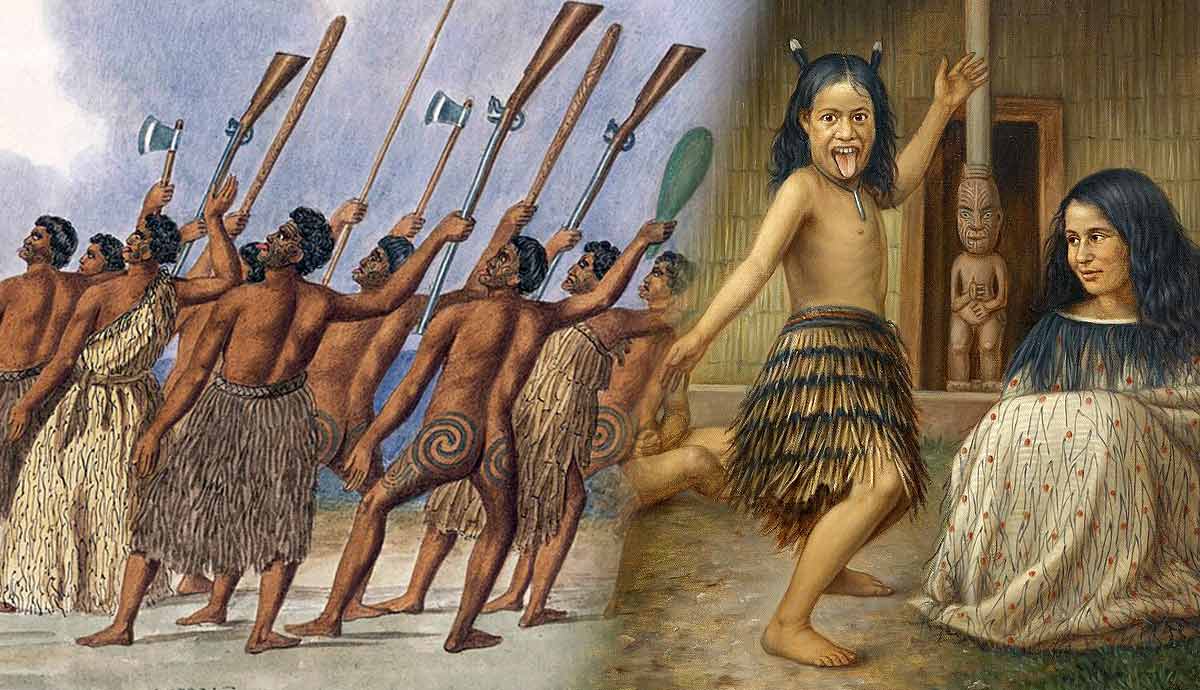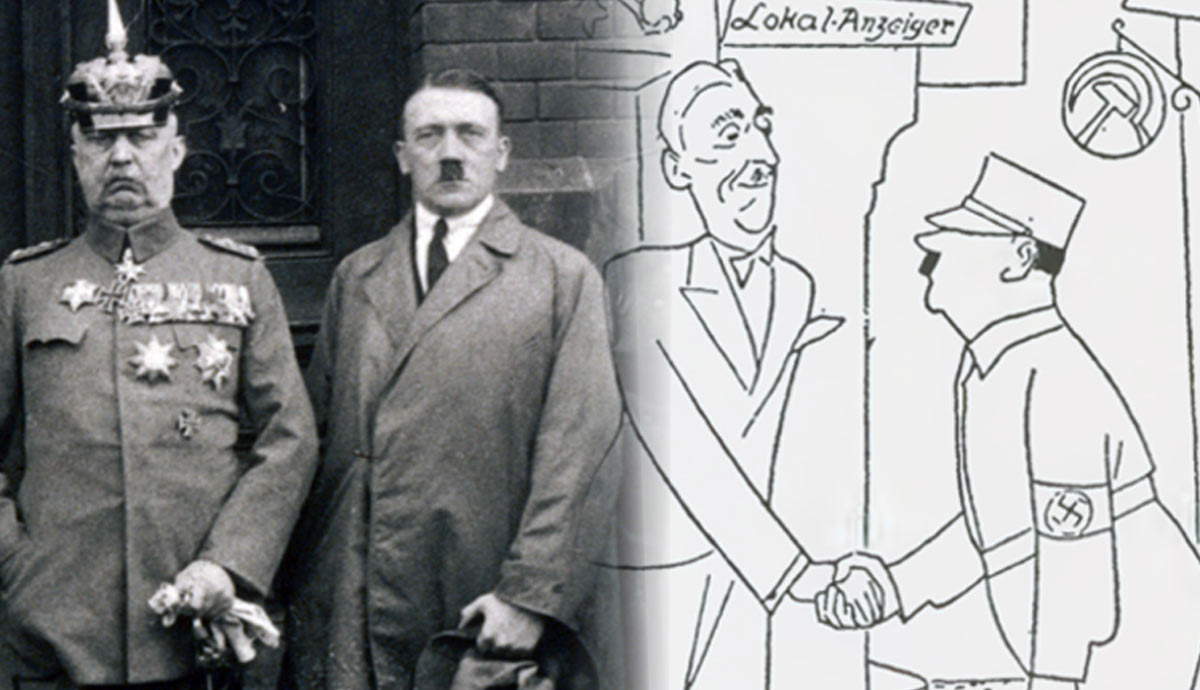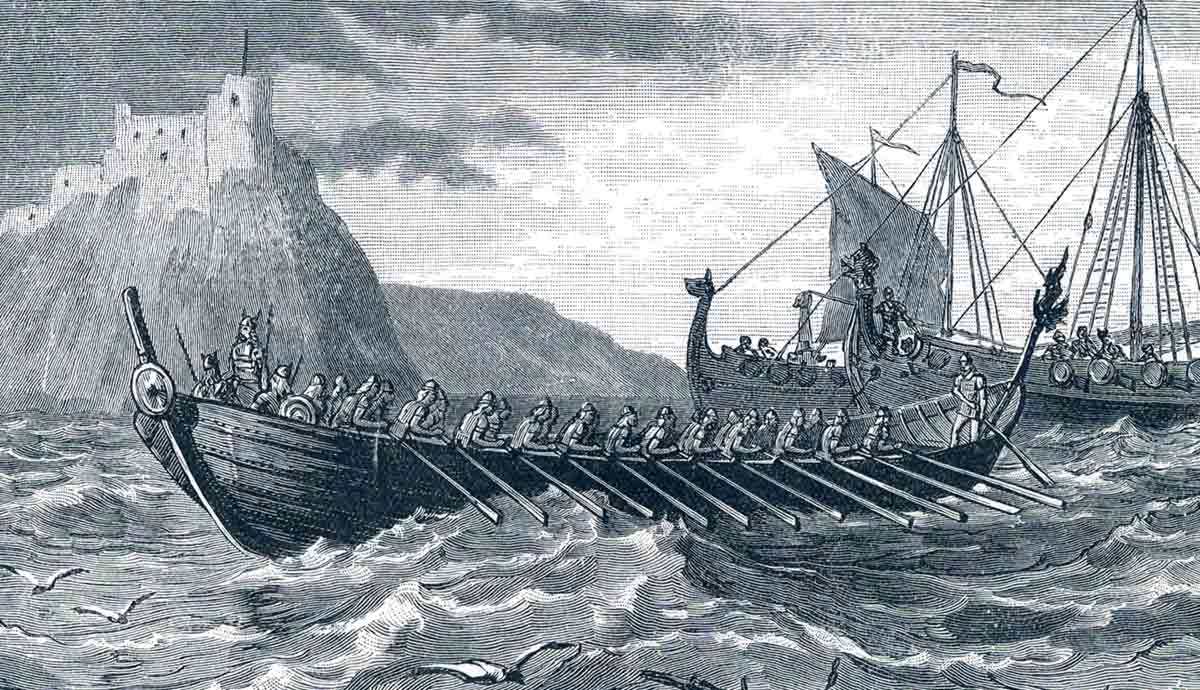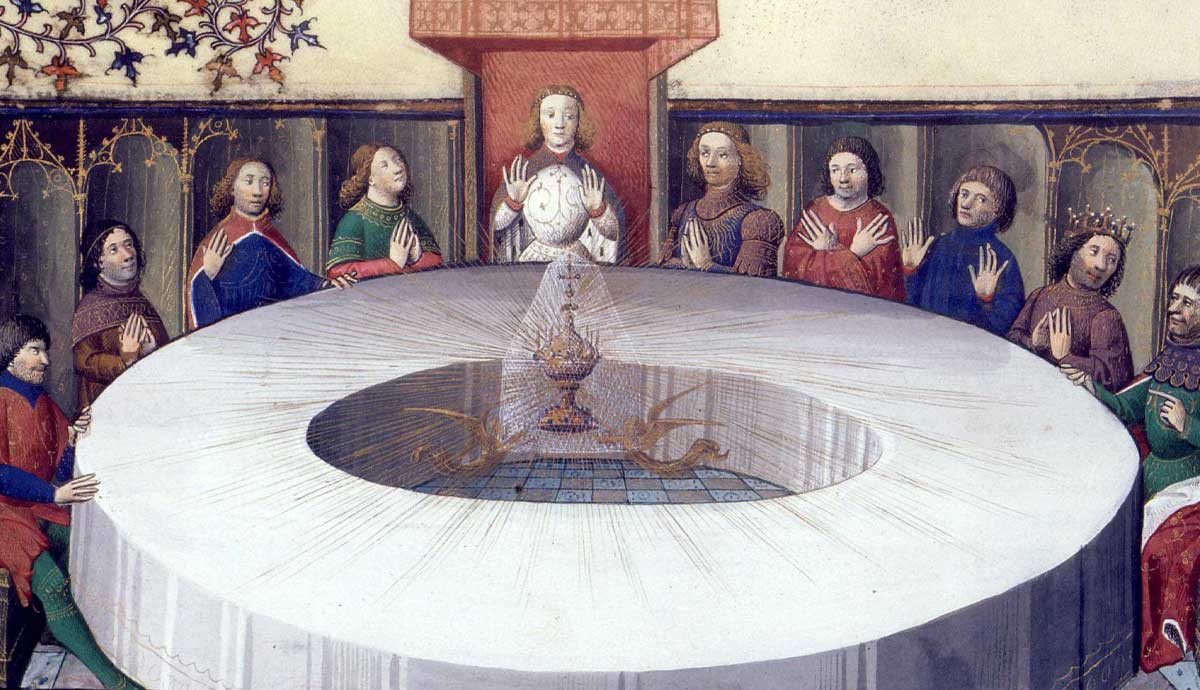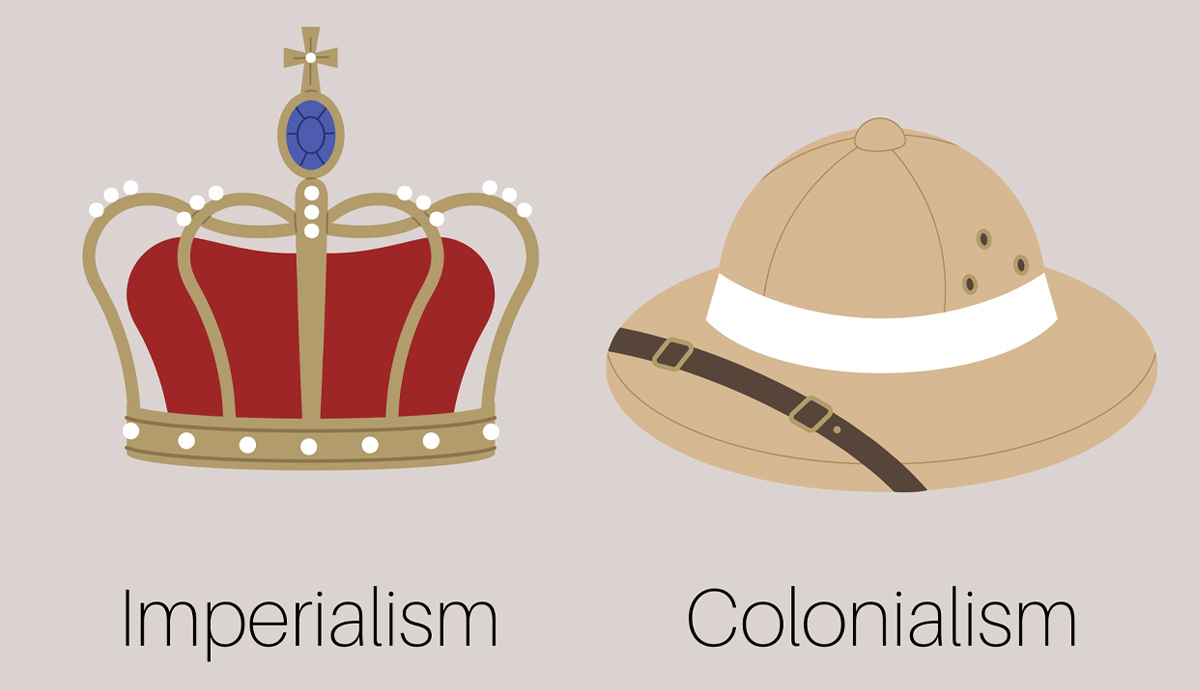
What colonialism and imperialism have in common is their determination to subjugate and dominate a group of people and, by extension, their country and national identity. Although terms such as “colonial” and “imperial” are often used interchangeably and tend to overlap historically, they do have distinct, though sometimes overlapping and related, meanings. Since virtually every political issue today can be traced back to colonialism or imperialism—and sometimes both—the distinction between the two terms has major political, social, and economic implications and is crucial to understanding the complexities of our modern world.
What Do We Mean by Imperialism?

Imperialism can be defined as domination from above and from afar. While colonialism implies the physical occupation of a territory, imperialism refers to the set of political and economic practices that bring a particular country under the influence of a foreign power—practices that do not necessarily involve military force or settlement.
In most cases, imperialist powers exercise their control over other states in a seemingly peaceful manner, through trade agreements, treaties, and economic policies that ultimately benefit the imperial power to the detriment of the local population. While colonialism leaves behind a tangible legacy of intergenerational trauma, cultural erosion, language destruction, and violence, the legacy of imperialism is more subtle—though no less destructive to the well-being of the subjugated.

At the beginning of the 20th century, two thinkers—John A. Hobson (1858-1940) in his Imperialism: A Study (1902) and Vladimir Lenin (1870-1924) in Imperialism: The Highest Stage of Capitalism (1917)—defined imperialism in economic terms, as a global and international system of capitalist exploitation.
While Lenin argues that imperialism represents the final stage of capitalism, embodying all its contradictions and that as such it must be dismantled, Hobson starts from a similar premise—that imperialism is primarily an economic phenomenon with social and political consequences—but arrives at a different conclusion. Only drastically reformed capitalist societies willing to address inequalities could abandon imperialist aims. Lenin, on the other hand, believed that only a proletarian revolution could definitively overthrow the capitalist system and imperialism.

Hobson’s and Lenin’s theories are refuted by the British historian David Kenneth Fieldhouse (1925-2018), author of The Colonial Empires: A Comparative Survey from the Eighteenth Century and Economics and Empire, 1830-1914. According to Fieldhouse, the matrix of imperialism is not purely economic. To understand why the European powers began to establish colonies in Africa, South America, and Indochina, we need to consider several political and cultural factors.
The roots of the new European imperialism (and colonialism), Fieldhouse argued, can be traced back to the political situation in Europe, in particular to the new militaristic and aggressive Germany under Otto von Bismarck (1815-1898), which assumed a primary role in European politics. Imperialism is, therefore, a product of European power dynamics, a means of asserting national prestige and securing economic advantage.

Fieldhouse’s theory echoes that of the Austrian political economist and professor Joseph Schumpeter (1883-1950), who argued that the phenomenon of imperialism can be traced back to primarily psychological causes rooted in older, pre-capitalist societies dominated by notions of glory, power, and honor. These causes—which Schumpeter described as the irrational and passionate impulses of men opposed to the rational and overall peaceful framework underpinning the capitalist system—are then brought to life and validated by politicians pursuing imperialist policies.
What Do We Mean by Colonialism?

The term colonialism, like imperialism, has evolved in meaning over the centuries. In the second half of the nineteenth century, for example, it had fairly neutral connotations, but by the end of World War II, it had become pejorative. Today, it is agreed that by colonialism we mean the establishment of direct political control through settlements over a specific territory at the expense of its Indigenous population. While the term imperial comes from the Latin verb imperare, meaning “to dominate,” colonialism comes from colonia, which translates as “agrarian settlements.” It is, as Oxford Reference notes, “the Latin name for the highest rank of a Roman chartered town,” whose inhabitants “were Roman citizens who governed themselves according to a constitution modeled on that of Rome itself.”

Colonia comes from the verb colere, “to cultivate,” while colonus was the “farmer, the planter” and, by extension, a “settler” and “colonist.” “Colonialism” has, in its morphology, the economic factor that drives colonial expansion. Unlike imperialism, the consequences of colonial rule over a given territory are tangible and lead to sometimes long-lasting effects.
Such effects range from significant demographic changes—in countries like Australia, for example, the Aboriginal population declined drastically after 1788—to altered borders. In North America, for example, First Nations living in the Great Lake region saw their ancestral lands divided by the border between Canada and the United States. The physical occupation of a colonized territory by a foreign power is directly linked to the economic and systematic exploitation of its resources and to the displacement and physical and cultural subjugation of the local population.

In this regard, Leanne Betasamosake Simpson, a Canadian writer, scholar, and musician of Mississauga Nishnaabeg descent, and author of As We Have Always Done makes a powerful connection between Indigenous population decline and changing borders when she writes that “Land and bodies are commodified as capital under settler colonialism and are naturalized as objects for exploitation,” and that the removal and erasure of Indigenous bodies “from the land make it easier for the state to acquire and maintain sovereignty over land because this not only removes physical resistance to dispossession, it also erases the political orders and relationships housed within Indigenous bodies that attach our bodies to our land.” The effects of this disruption continue today, an aspect of colonialism and imperialism often highlighted by Indigenous scholars and historians.
Different Goals

While arguing that imperialism and colonialism are distinct, albeit overlapping, phenomena, Barbara Arneil, in Colonialism versus Imperialism, points out that both are linked by what she calls the “central thread”—the determination of one nation to dominate and prevail over another. Both, she argues, are “ideologies, animated by a central set of comprehensive arguments/principles that modern European thinkers advance to convince a larger audience of the benefits of imperial processes and/or colonization.”
In this light, imperialism can be defined as the overarching ideology and strategy of subjugation (and most often state violence) and colonialism is its direct consequence, the physical implementation of that ideology. Describing both colonialism and imperialism as ideologies—that is, as processes that share a common set of ideas and ideals and an overarching philosophy—allows us, Arneil argues, to understand the justification behind certain colonial and imperial policies and how they have managed to advance.

It is precisely the “power animating each ideology” that distinguishes imperialism from colonialism, Arneil writes. Ultimately, colonialism and imperialism have different aims. At least before the 16th century, imperial authorities demanded total obedience and loyalty from their imperial subjects, since their ultimate goal was to increase the political (and economic) glory of the empire. Colonialism, on the other hand, is “animated by an internalized, productive form of power.”
Whereas imperialism is characterized by the subjugation of people from above and from afar, in a colonized country, the colonizer and the colonized—settlers and Indigenous people—live side by side. But it is an unbalanced relationship: the colonizers, in fact, tend to believe that they have a moral duty not only to properly exploit the land they have conquered but also to “civilize” the people who lived there before them.

The core of violence at the heart of colonialism, which has always—with rare exceptions—dominated relations between colonizers and colonized, derives precisely from this forced proximity. Over time, in virtually every colonized country, this state of physical and mental violence contributes to the creation of negative and stereotyped self-understandings among the colonized, as Frantz Fanon (1925-1961) points out in Black Skins, White Masks. Such stereotypes continue to affect the colonized long after the colonizers have left.
In this regard, Leanne Simpson notes how the structure of settler colonialism today “is formed and maintained by a series of processes (emphasis in the original) for the purposes of dispossessing, that create a scaffolding within which my relationship to the state is contained.”
Different Goals, Different Methods

While imperialism and colonialism occasionally have similar goals, they use different methods to achieve them. Colonialism involves the physical and methodical occupation and administration of the territory by colonial officials and settlers—such as in Tasmania, where settlers and officials devised the Black Line in the 1830s to remove Aboriginal men, women, and children from their lands, and occupy the island completely.
Imperialism, on the other hand, typically resorts to a different kind of domination, one that does not necessarily involve direct settlement, but rather the extension of one nation’s power over another through economic control and diplomacy. Inevitably, colonialism involves a degree of violence, ranging from massacres of Indigenous peoples to their displacement and dispossession and, finally, to the establishment of institutions such as the residential school system, designed to separate Indigenous children from their families.

In the 19th century, Western scientists, thinkers, and colonial authorities in North America and in the Pacific began to justify colonialism by openly portraying First Nations and Aboriginal and Torres Strait Islander peoples as inferior to Europeans, as backward, idle, and irrational members of a “vanishing race” incapable of properly exploiting the land on which they lived.
European imperialists thus justified the domination of non-European peoples by advancing the theory—and/or myth—that colonial authorities were rescuing them from their state of poverty and savagery and helping them through education. The aim—and moral responsibility—of missionaries and colonial officials was to civilize and improve their way of life by forcing them to adopt European and Western customs.
Theories such as the “vanishing race” myth, the terra nullius doctrine, and the “white men’s burden” provided a comprehensive, scientifically based set of arguments used by colonial officials and settlers to justify their colonial actions.

They were not dispossessing Indigenous people. They were saving them—and in some cases facilitating their “inevitable” demise. This is where imperialism and colonialism overlap. When it comes to countries like Canada and Australia, Britain and France had both capitalist and imperialist ambitions.
The British settlement of what is now Australia in 1788, for example, began as a penal colony, where petty criminals from Great Britain and Ireland were employed as indentured servants. This is one of the features that distinguishes imperialism from colonialism, according to Barbara Arneil, because “while the former is always directed at foreign peoples and lands, the latter could also be directed at domestic populations deemed to be backward (…) sent to domestic colonies within the borders of their own state.” As Arneil notes, in such cases, petty criminals “are made industrious, the money otherwise spent on workhouses, relief, and/or prisons is thus saved.”
The “Salt Water Thesis”

While colonialism had already started to become synonymous with imperialism in the early 20th century, the so-called “Salt Water Thesis,” alternatively known as the Blue Water Thesis, conflated the two in international law in the aftermath of World War II. This thesis argues that an occupied territory must be physically and geographically separated from the colonizing country by an ocean (or a significant body of “saltwater”) in order to be classified as a colony. An example is Libya, which was an Italian colony from 1912 until the mid-1940s, separated from Italy by the Mediterranean Sea.
While the Salt Water Thesis underlines the close links between colonialism and imperialism and is crucial in defining the scope of decolonization processes and policies, it is also profoundly simplistic.

It describes only one aspect of colonial dynamics in specific regions such as the African continent and India, where the colonized were indeed physically separated from Europe and from colonizing nations such as France, Great Britain, Germany, or Italy. The Salt Water Thesis essentially marginalizes Indigenous people elsewhere, neglecting similar dynamics in settler-colonial states such as Canada, the United States, South America, New Zealand, and Australia. Here, in fact, Indigenous peoples are not physically separated from their colonizers but continue to live on the same lands, side by side and within the same geographical boundaries, with the descendants of the men and women who subjugated their ancestors.
From China to India, via Africa and Northern Ireland

In 1895, what is now Kenya became part of the British East Africa Protectorate and an important military base for the British during World War I before finally becoming a British colony in 1920. It would remain part of the British Empire in Africa until 1963.
Although “for many people, when they think of European colonialism, it is Africa that they principally have in mind,” as Krishan Kumar notes in his Colony and Empire, Colonialism and Imperialism: A Meaningful Distinction?, British and European imperialism and colonialism extended far beyond the African continent. Like Africa, South America, where Spanish and Portuguese remain the dominant languages, endured centuries of colonialism. While Portugal controlled Brazil, Spain dominated what is now Argentina, Chile, Uruguay, Paraguay, Bolivia, Ecuador, Colombia, and Venezuela in the far north.

In the late 19th century, after the First (1839-1842) and the Second Opium Wars (1865-1860), various foreign powers—from Britain to France, from Russia to Germany, and the United States—divided China into “spheres of influence,” controlled and exploited its resources and essentially deprived China of sovereignty over its own territory and economy. This period, which began in 1839 with the First Opium War, is known as the “Century of Humiliation.”
Unlike settlers in British India—the crown jewel of the British Empire—or Dutch Indonesia, in places like South Africa, Rhodesia, and Algeria (the latter considered by France not just as a colony but as an extension of France itself) Europeans felt at home. They were not just passing through before eventually returning home to their home societies; for many, South Africa, Rhodesia, and Algeria were the places they called home.

This was the case, for example, for the French writer and philosopher Albert Camus (1913-1960), who was born in Algeria to pied-noir parents. Such (painful) differences ground the distinction between colonialism and imperialism in the everyday reality of thousands of people, who, especially after World War II, saw their lives determined and disrupted by larger geopolitical games. For these people, the differences between imperialism and colonialism were not (and are not) mere academic lucubrations, but the stuff of their lives and identities.
In Northern Ireland, for example, during the Troubles, men and women from republican groups such as the Irish Republican Army (IRA) and the Irish National Liberation Army (INLA) killed and were killed in the struggle against the British Crown, the British Army, and the British government, which to them were symbols of both British colonialism and imperialism.

While it is true, as Krishan Kumar writes, that “Africa has stamped itself, as an emblem of colonialism, more firmly on the European imagination than any other part of the world,” from the mines of South Africa to the plantations of South America and the tea estates in India, colonialism and imperialism have produced an interconnected legacy of economic exploitation and, in the 20th century, anti-colonial resistance movements around the world. Indeed, one of the defining events of the last quarter of the 19th century was the division of the world into colonial possessions and “spheres of influence” by the major European powers, such as Great Britain, France, Spain, Portugal, and, to some extent, Italy and Germany. Although the two terms have different but sometimes overlapping meanings, colonialism and imperialism stem from the same impulse—the subjugation, domination, and exploitation of another group by a militarily and economically superior power.
